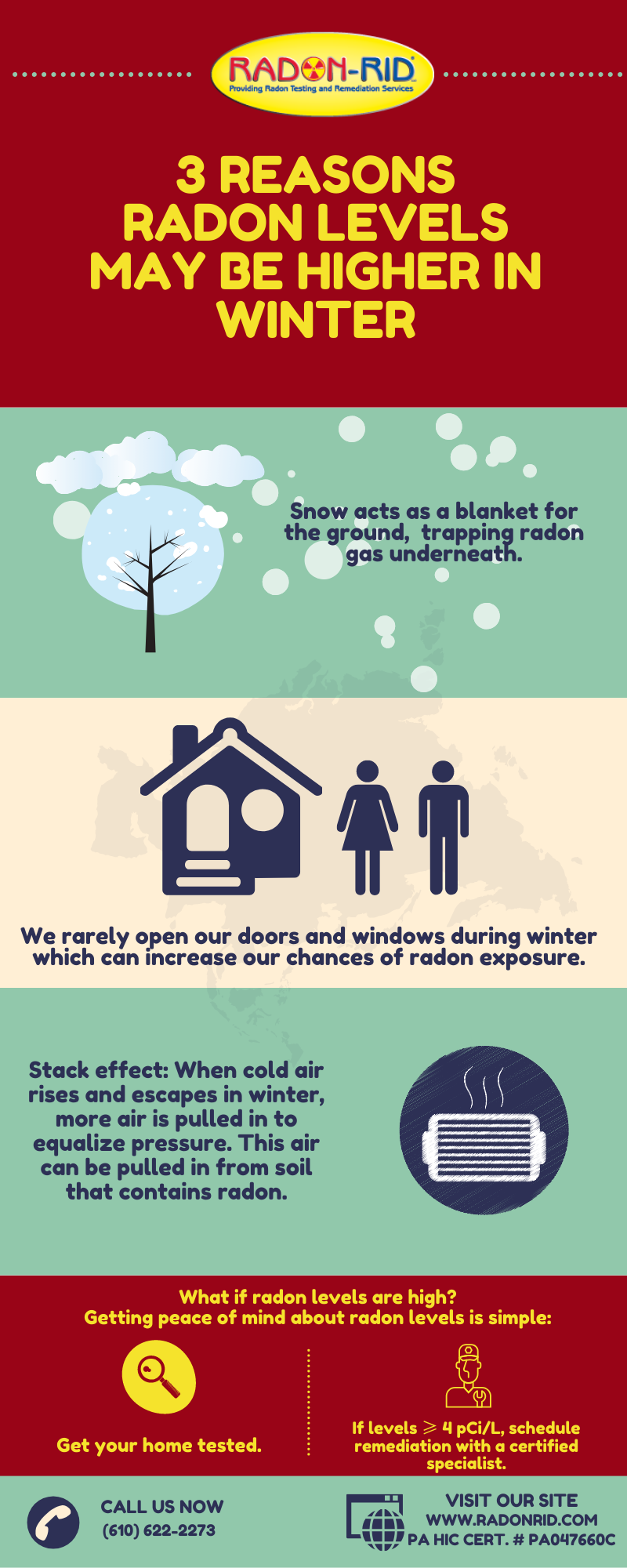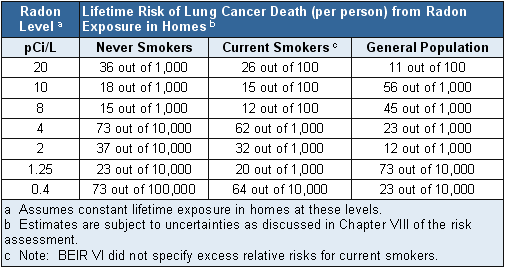Radon - Jefferson County, CO

Excitement About There is no Safe Radon Level in Homes - RadonSeal
EPA Map of Radon Zones consisting of State Radon Info and Contacts Discover local info associated with radon, including your state radon program, with contact info, EPA Regional contacts and a state-specific map. The Map of Radon Zones was established in 1993 to determine areas of the U.S. with the capacity for raised indoor radon levels.

Radon - MEPHT
The Map of Radon Zones need to not be used to identify if specific homes need to be checked. No matter where you live, test your home for radonit's easy and economical. Fix View Details if your radon level is 4 picocuries per liter (p, Ci/L) or greater. Consider fixing if your level is between 2 and 4 p, Ci/L. The Map of Radon Zones was established utilizing data on indoor radon measurements, geology, aerial radioactivity, soil specifications, and foundation types.
Resources about State and Local Radon Programs View a Radon Zones-Spreadsheet(659 K, March 2020, EPA 402/A -16/ 001) Some states "manage" or "qualify" companies of radon measurement and mitigation services by requiring registration, certification or licensing; some issue identification cards. Your state can supply you with more info. To date, the following states have some kind of radon requirements for radon service providers: CA, DE, FL, IL, IN, IA, KS, KY, ME, NE, NJ, OH, PA, RI, VA and WV.
3 Easy Facts About Radon in the Home - Mass.gov Explained
Airthings most regularly asked concern? "What do my radon levels mean?" Below we discuss whatever you need to learn about your levels. Arm yourself with the information you need to make little changes to your home and improve your radon levels! Contents: What are my radon levels, and what do they mean? Measuring radon levels in a house or building is essential to protecting the health of anybody breathing the air, but interpreting those levels is not quite as exact without a radon detector.

Radon Facts & FAQ - What is Radon? - Raleigh Radon
This is influenced by various aspects consisting of the type of rocks and soil beneath a building, ventilation and period of time invested in the building. One thing stays certain: radon can cause cancer. In reality, around 21,000 individuals pass away from radon-related lung cancer every year in the United States and 20,000 in the EU1.
